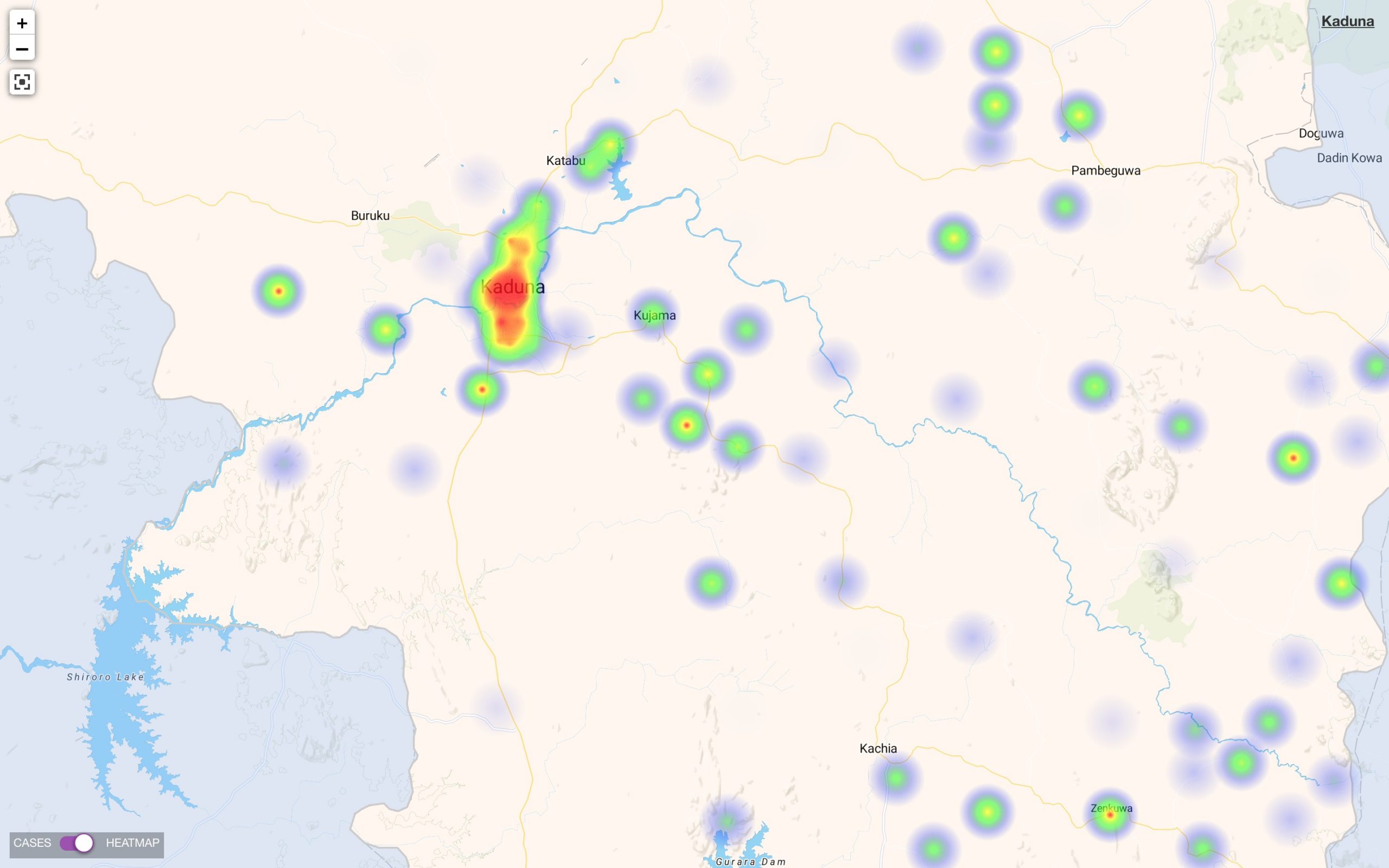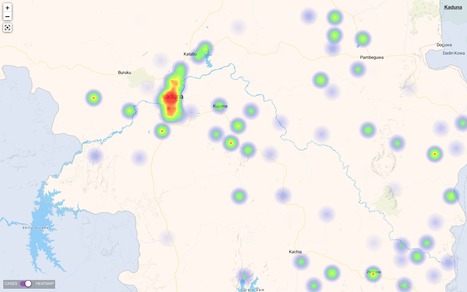infectious diseases

Web-based technology has dramatically improved our ability to detect communicable disease outbreaks, with the potential to reduce morbidity and mortality because of swift public health action.
Apps accessible through the internet and on mobile devices create an opportunity to enhance our traditional indicator-based surveillance systems, which have high specificity but issues with timeliness.
Objective: The aim of this study is to describe the literature on web-based apps for indicator-based surveillance and response to acute communicable disease outbreaks in the community with regard to their design, implementation, and evaluation.
Results: Apps were primarily designed to improve the early detection of disease outbreaks, targeted government settings, and comprised either complex algorithmic or statistical outbreak detection mechanisms or both.
We identified a need for these apps to have more features to support secure information exchange and outbreak response actions, with a focus on outbreak verification processes and staff and resources to support app operations.
Conclusions: Public health officials designing new or improving existing disease outbreak web-based apps should ensure that outbreak detection is automatic and signals are verified by users, the app is easy to use, and staff and resources are available to support the operations of the app and conduct rigorous and holistic evaluations.
read the study at https://publichealth.jmir.org/2021/4/e24330
Lire l'article complet sur : publichealth.jmir.org

Patient travel history can be crucial in evaluating evolving infectious disease events. Such information can be challenging to acquire in electronic health records, as it is often available only in unstructured text.
Objective: This study aims to assess the feasibility of annotating and automatically extracting travel history mentions from unstructured clinical documents in the Department of Veterans Affairs across disparate health care facilities and among millions of patients. Information about travel exposure augments existing surveillance applications for increased preparedness in responding quickly to public health threats.
Methods: Clinical documents related to arboviral disease were annotated following selection using a semiautomated bootstrapping process. Using annotated instances as training data, models were developed to extract from unstructured clinical text any mention of affirmed travel locations outside of the continental United States. Automated text processing models were evaluated, involving machine learning and neural language models for extraction accuracy.
Results: Among 4584 annotated instances, 2659 (58%) contained an affirmed mention of travel history, while 347 (7.6%) were negated. Interannotator agreement resulted in a document-level Cohen kappa of 0.776. Automated text processing accuracy (F1 85.6, 95% CI 82.5-87.9) and computational burden were acceptable such that the system can provide a rapid screen for public health events.
Conclusions: Automated extraction of patient travel history from clinical documents is feasible for enhanced passive surveillance public health systems.
Without such a system, it would usually be necessary to manually review charts to identify recent travel or lack of travel, use an electronic health record that enforces travel history documentation, or ignore this potential source of information altogether.
The development of this tool was initially motivated by emergent arboviral diseases. More recently, this system was used in the early phases of response to COVID-19 in the United States, although its utility was limited to a relatively brief window due to the rapid domestic spread of the virus.
Such systems may aid future efforts to prevent and contain the spread of infectious diseases.
read the study at https://publichealth.jmir.org/2021/3/e26719
Lire l'article complet sur : publichealth.jmir.org



